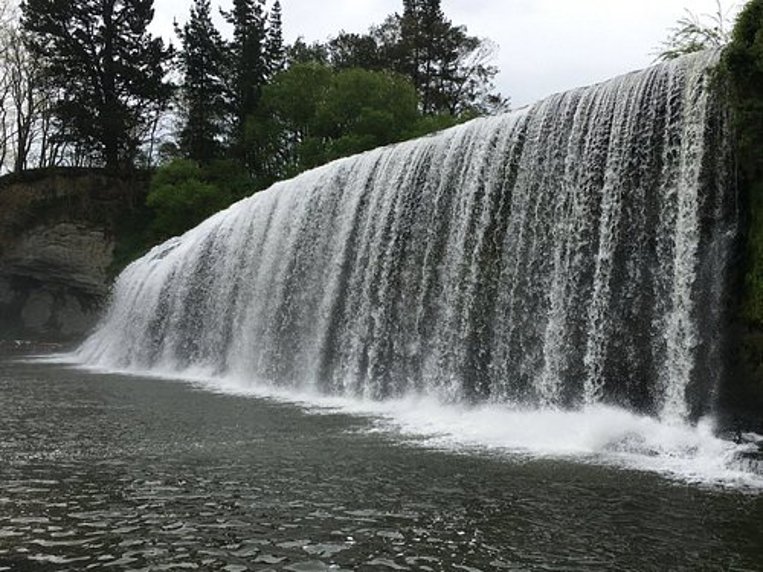Located on the east coast of New Zealand′s North Island, Gisborne is a small port city with a rich history and stunning scenery. Known as the first city in the world to see the sun each day, Gisborne boasts beautiful beaches, world-renowned wineries, and a thriving arts and culture scene. The city′s port is a hub for exporting logs, woodchips, and wine, and is an important economic driver for the region. Visitors can explore the city′s Maori heritage, go on a wine tour, or simply relax on the golden sands of Wainui Beach.
Gisborne is located on the east coast of the North Island of New Zealand. It is considered a city of rivers and one of the sunniest because of Mount Hikurangi, which is the first in the world to greet the sunrise

In the Maori language, the town is known as Turanga Nui a Kiva, and according to one legend it was named after the first canoe Takitimu on which the Aborigines landed on this land, becoming the first settlement on the east coast.
Tourists are attracted by the paradisiacal nature and coastal landscapes, the abundance of rivers and lakes, and the local beaches are great for surfing. The history and culture of New Zealand's aboriginal "Maori" people, who make up more than half of the population, is an integral part of Gisborne.
Long ago, in the land of Aotearoa, there was a great chief named Tūranganui-a-Kiwa. Tūranganui was a powerful and respected leader, known for his wisdom, bravery, and generosity. He was also a skilled navigator and explorer, and he had traveled far and wide across the Pacific Ocean.
One day, Tūranganui decided to set out on a voyage to explore new lands. He gathered his people, his canoes, and all the supplies they would need for a long journey. They set sail, guided by the stars and the winds, and soon found themselves in uncharted waters.
After many weeks of sailing, they spotted land on the horizon. As they drew closer, they saw that it was a beautiful and fertile land, with rolling hills, dense forests, and clear streams. Tūranganui knew that they had found a new home for his people.
He decided to land his canoes at a spot where a river flowed into the sea. The river was so wide and deep that they could not cross it, so they built a large waka (canoe) to ferry themselves and their supplies across.
As they were crossing the river, one of Tūranganui's sons accidentally dropped his kō (digging stick) into the water. He called out to his father, who responded by saying "Kia whakatōmuri te haere whakamua", which means "We will walk backwards into the future". This phrase became a well-known proverb, symbolizing the importance of acknowledging the past while moving forward.
The spot where they crossed the river became known as Te Kō, in honor of the lost digging stick. Over time, the name evolved into "Gisborne", named after an English colonial secretary named William Gisborne who played a key role in the development of the town.
But for the Māori people of the region, the name Gisborne is also a reminder of their ancestor Tūranganui-a-Kiwa and his journey to a new land. Today, the river that Tūranganui and his people crossed is known as the Waimata River, and it remains an important cultural and spiritual site for the local Māori community.